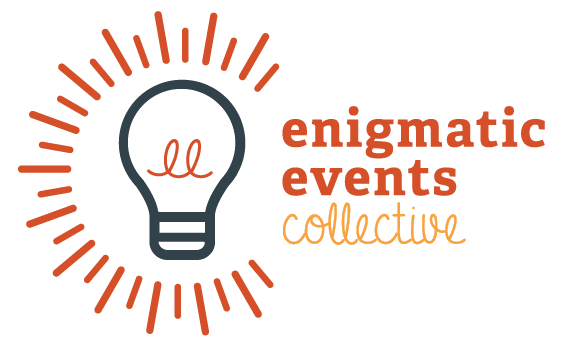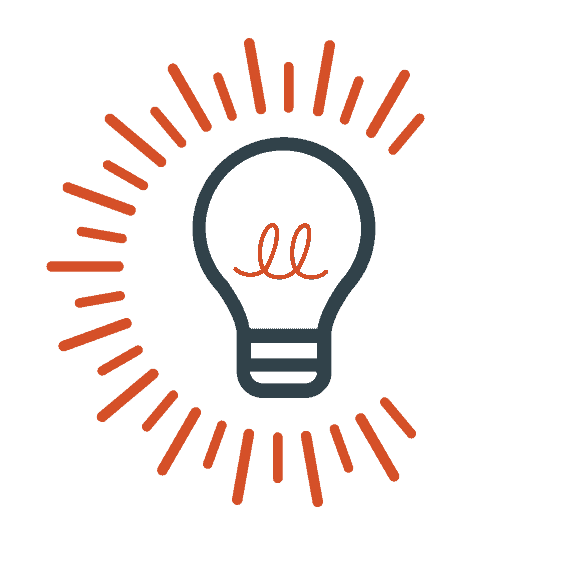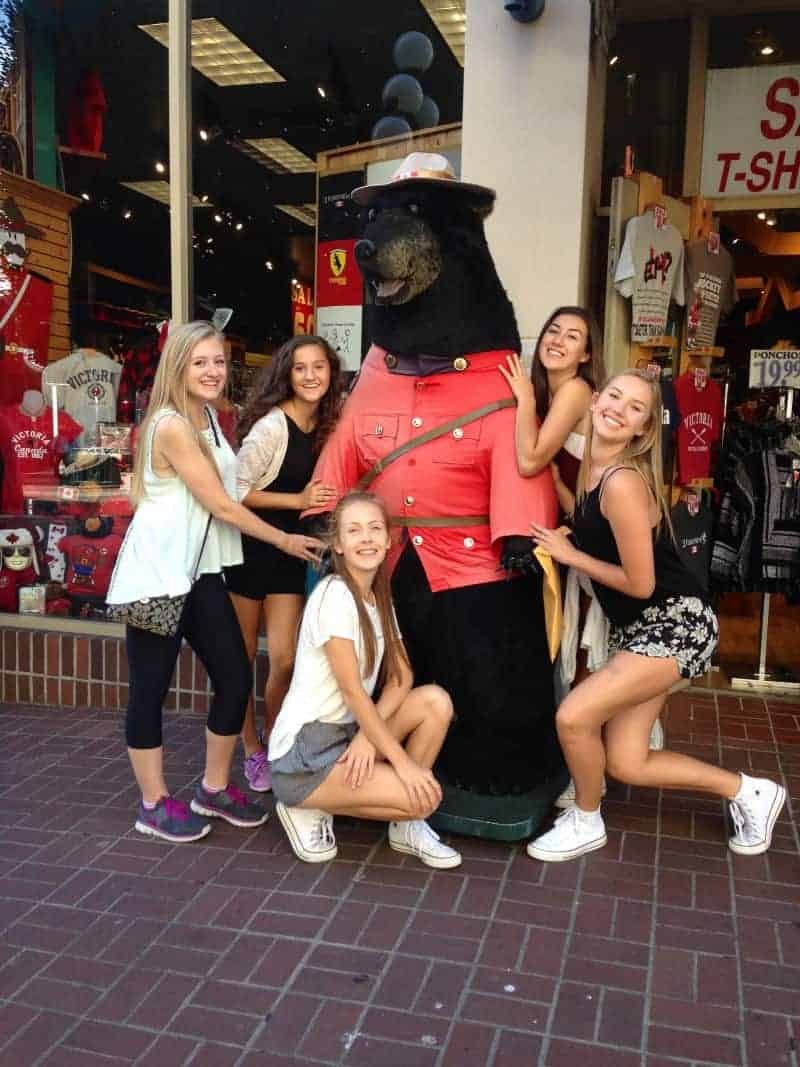Treasure Hunts - puzzling your way around
[vc_row][vc_column][vc_column_text]When I was about eight years old, my grandparents had a big book of party games on their shelf. I used to read it when I visited, but as there was never a big party there, we never played any of the games. Except one. The treasure hunt game.My Granny would set up a trail of clues around the house and garden. Myself, and maybe my sister would go and run around the place, finding the clue, then working out where the next one was hidden. What did 'rub-a-dub-dub' mean? Probably the bathroom! And there would be a clue under the shampoo. On to the shed! The coal bin! Or the attic. If we made it to the end (which we always did, I think) we got a small sweet. And then we would turn the tables and make one for Granny.These were good times. I recall only get really stuck once (but I bet it was more than that), by a clue that was stuck under the front bumper of the old mini-van Granny had. But she dropped a hint or two, and it all made sense in the end.So thirty years on, creating treasure hunts still invokes a childish glee and happy glow in my heart. The puzzles may be a little more complicated, but the overall idea is still there: lead someone around a place, get them to think creatively and let them discover more of their environment.There's a rough distinction between treasure hunts and scavenger hunts. The former tend to be a series of clues leading to a goal location/item. The latter are a wide area hunt for a set of items (say a red pebble or a signature from the local news presenter), with no puzzles. However, I've had success combining elements of both together. The puzzles appeal to the person who likes to break down and solve a problem, using logic and creativity. The scavenger hunt appeals to the person who likes to be more artistic and discovery based. Appealing to both types means the team members can all contribute. Which creates a bonding experience that lasts.Creating that positive experience is important to me. Helping to bind the hunt together as more than a series of clues creates a story for the players to work in. That story will be enhanced by their own experiences and their own narrative, picking up elements of the surroundings that the designer may not have planned. Or may be we did, and they just don't know it yet.For example, one of my clients wanted a treasure hunt for his 16-year-old daughter's birthday. He'd done several in his local neighbourhood but wanted a hand doing something a little bigger. Together, we put together a hunt that led them around Victoria. We took them around on land and via the harbour taxis.At the start, the client himself walked passed dressed in a long black robe and horse-head mask. It looked to the group that this was the person that would be giving them the clues. Instead, I handed them an envelope, looking (hopefully) like a nondescript guy in a suit. Still, we put in clues through out the hunt that referred to horses. A Dick Francis novel was planted in the library and used again later. A puzzle later on used the chess move for a knight.But they didn't see the horse-headed man again, and had just about forgotten him until he appeared on a walk way near the end of their quest. He silently dropped a suitcase in front of them and walked away. This was a surprise for the team. They were still talking about it when they arrived at their final destination... where they worked out it was the Dad all along.The best comment for this hunt was from one of the group. "That was the best treasure hunt ever, Dad". I was happy that the group had a memorable birthday outing, and something that will stick with them for going forward.[/vc_column_text][/vc_column][/vc_row]


